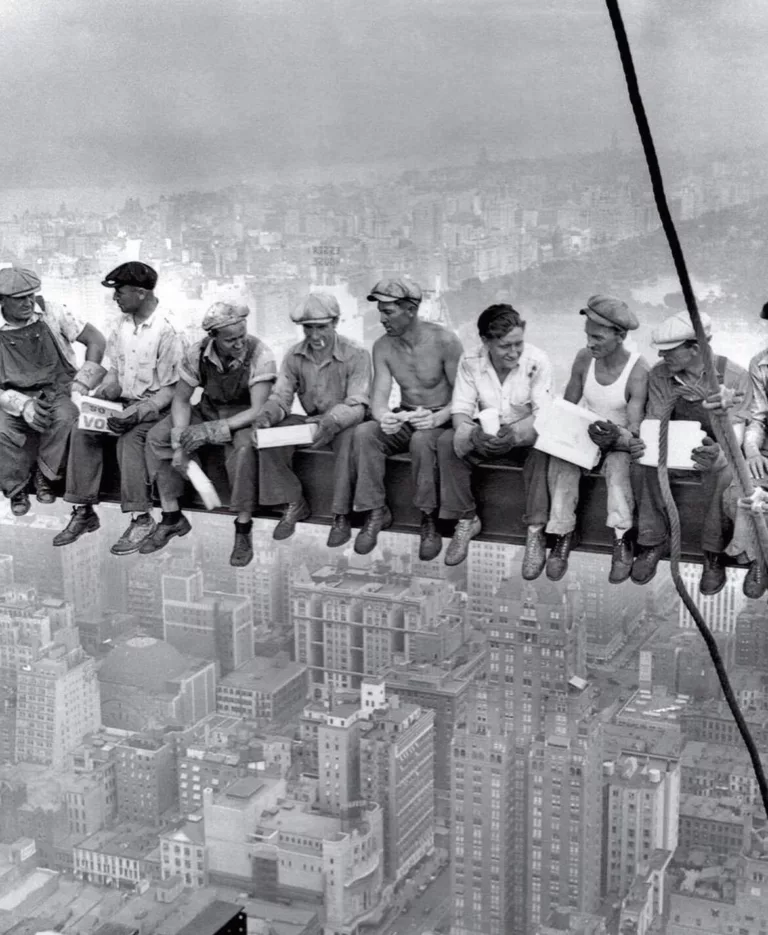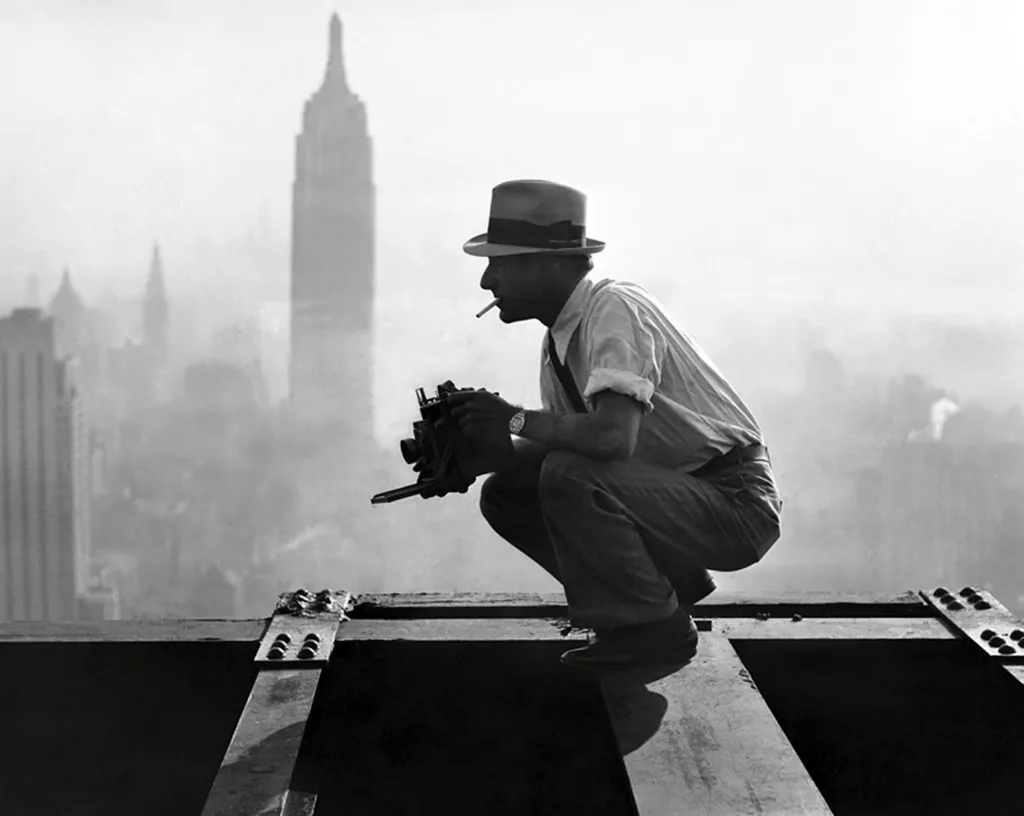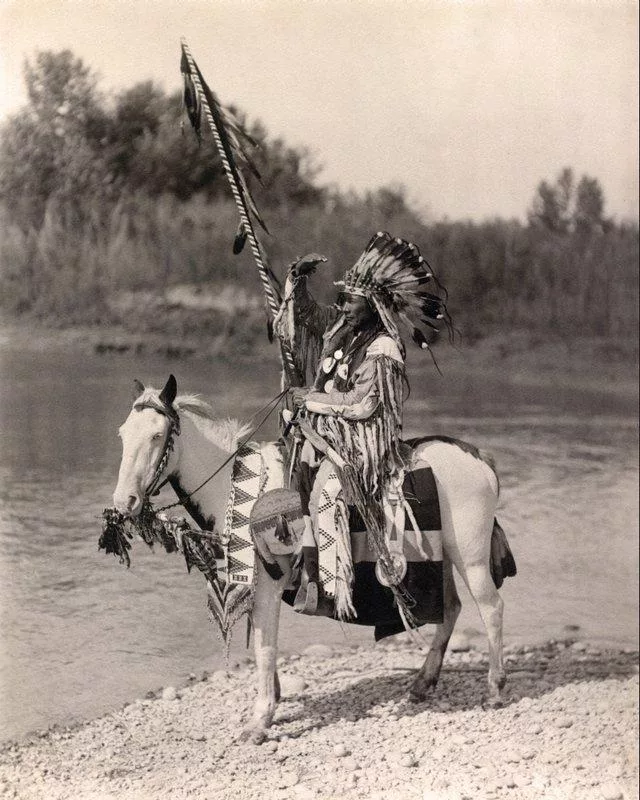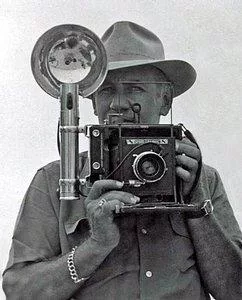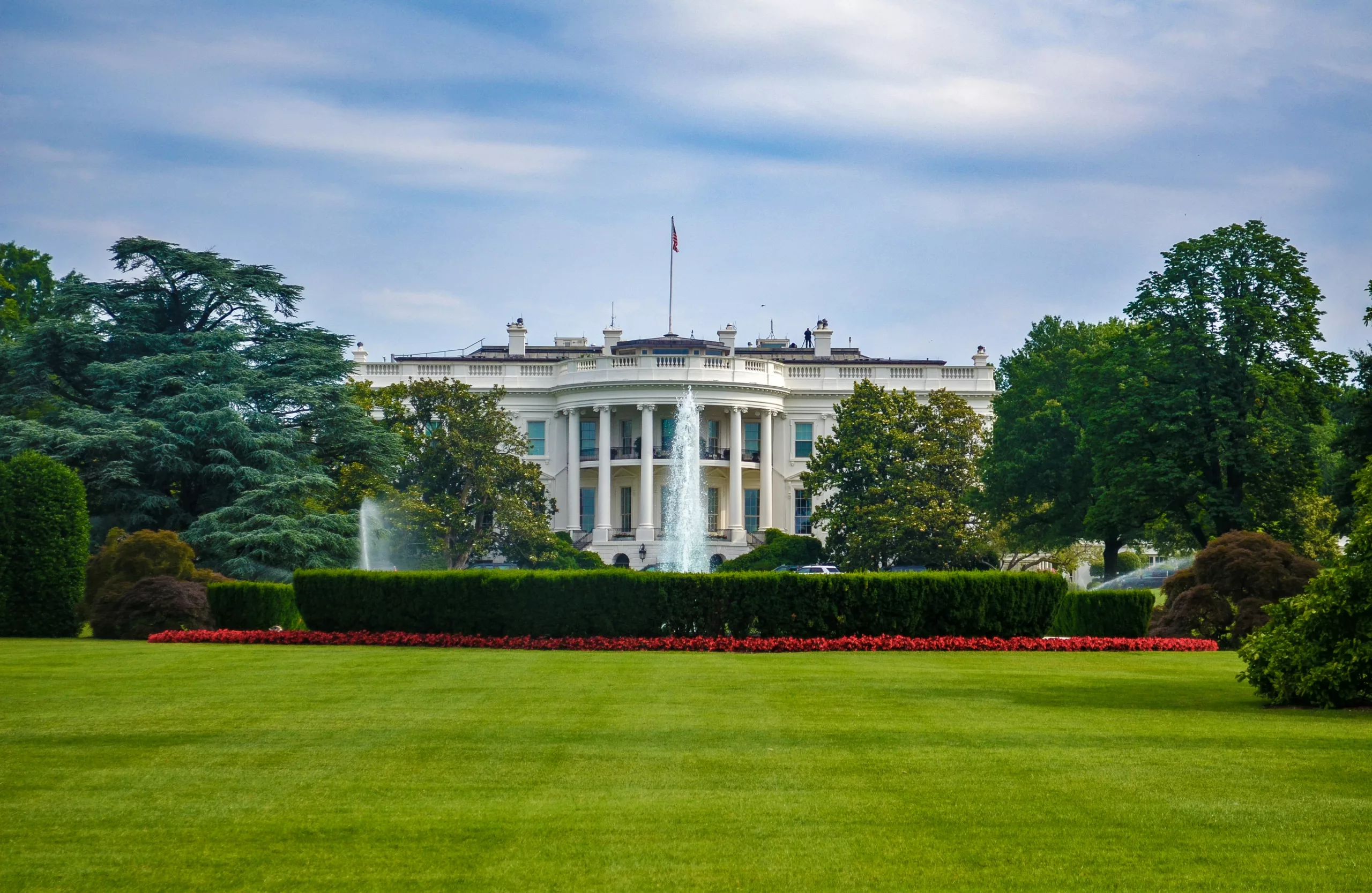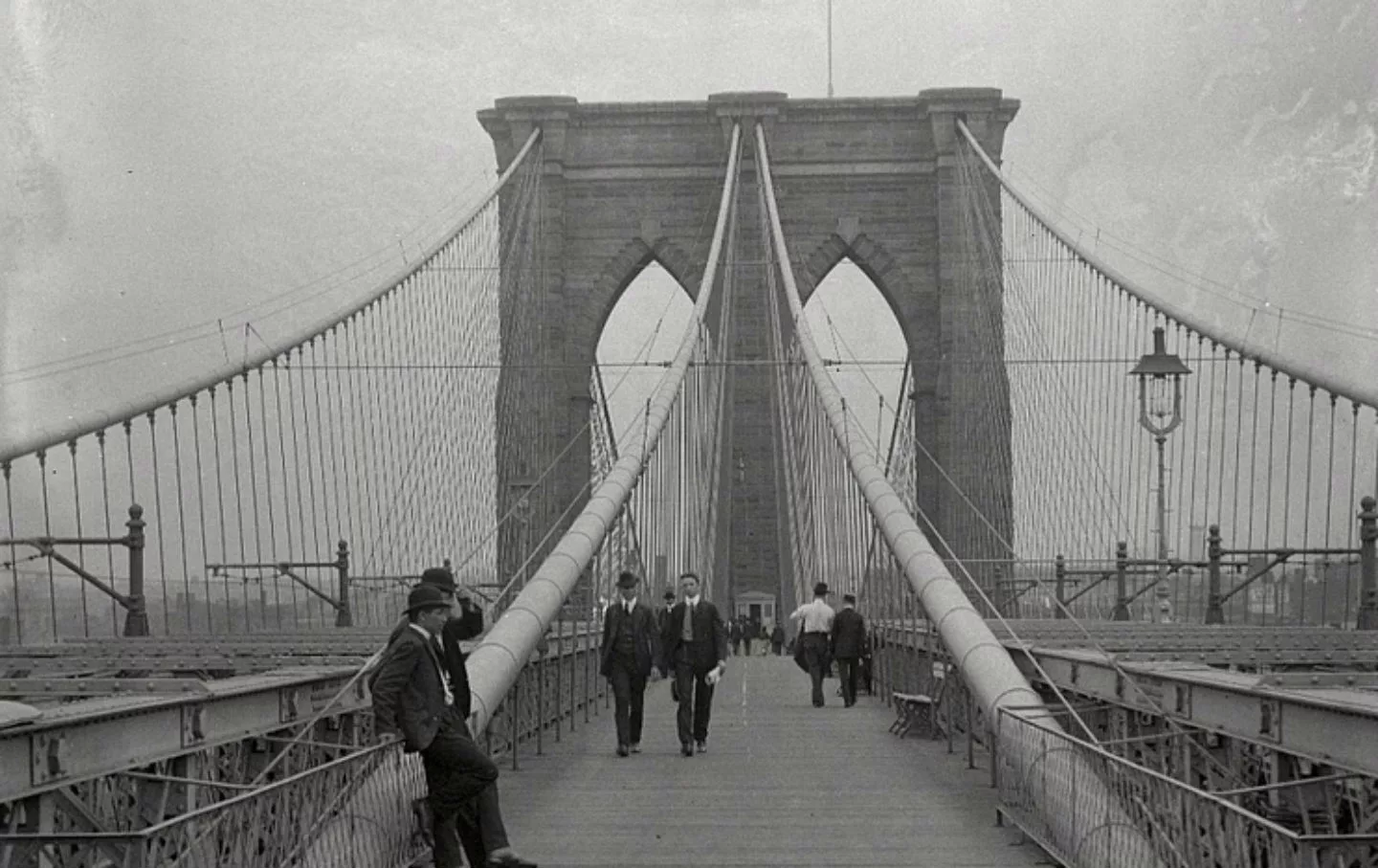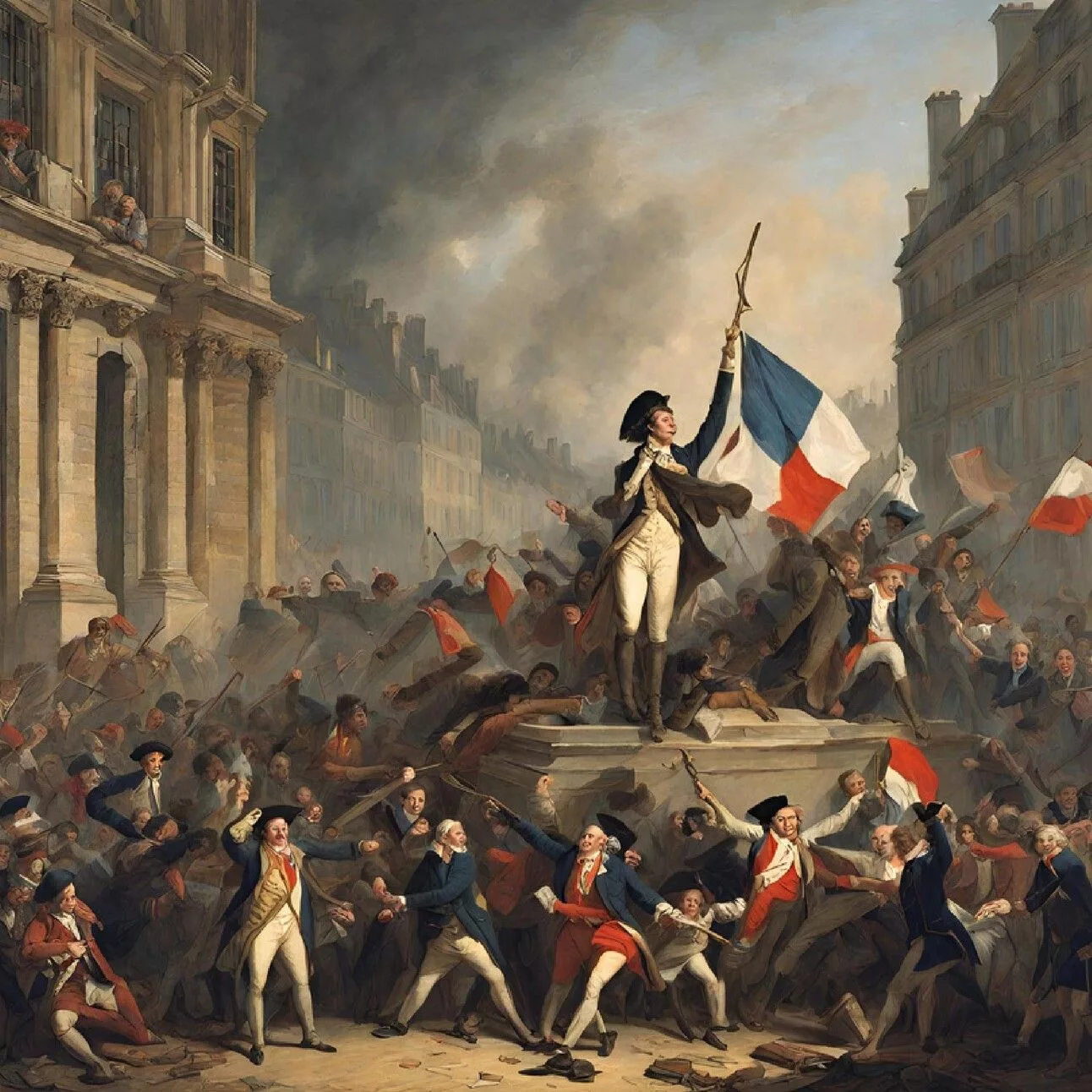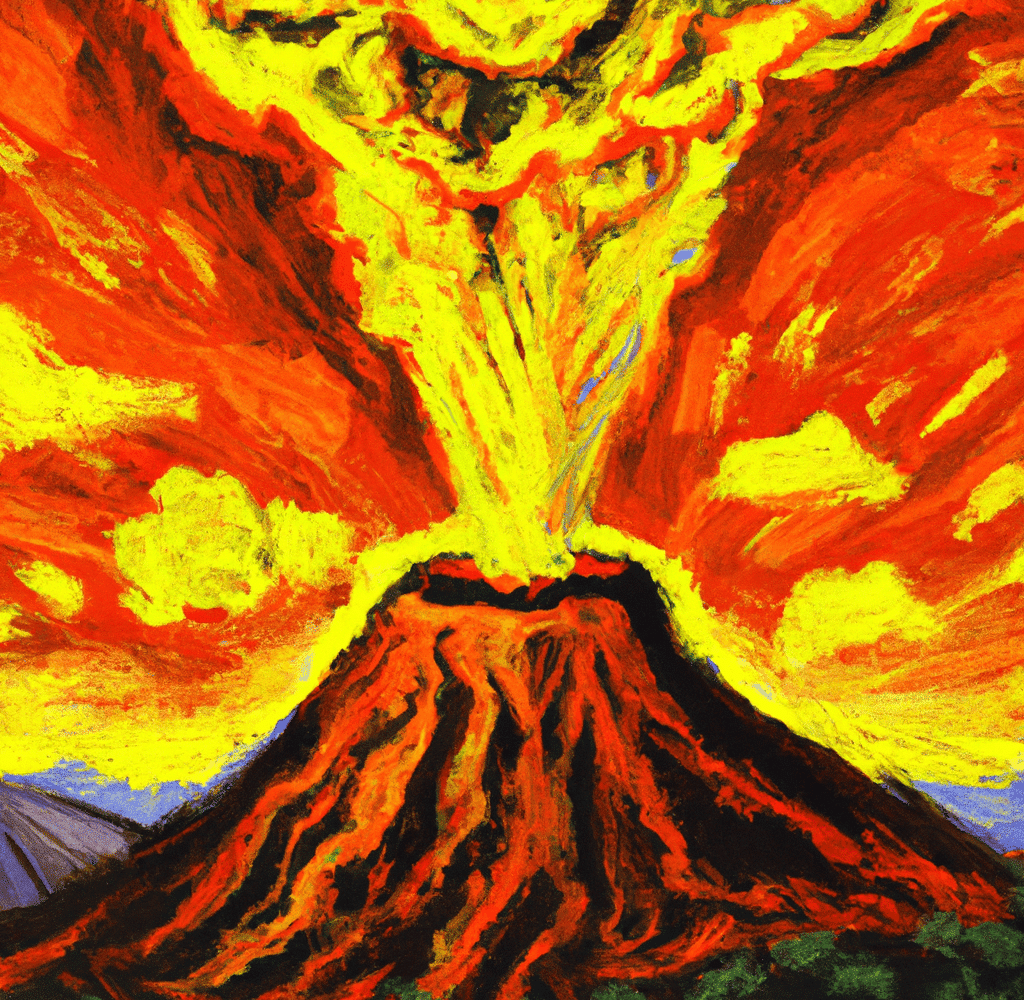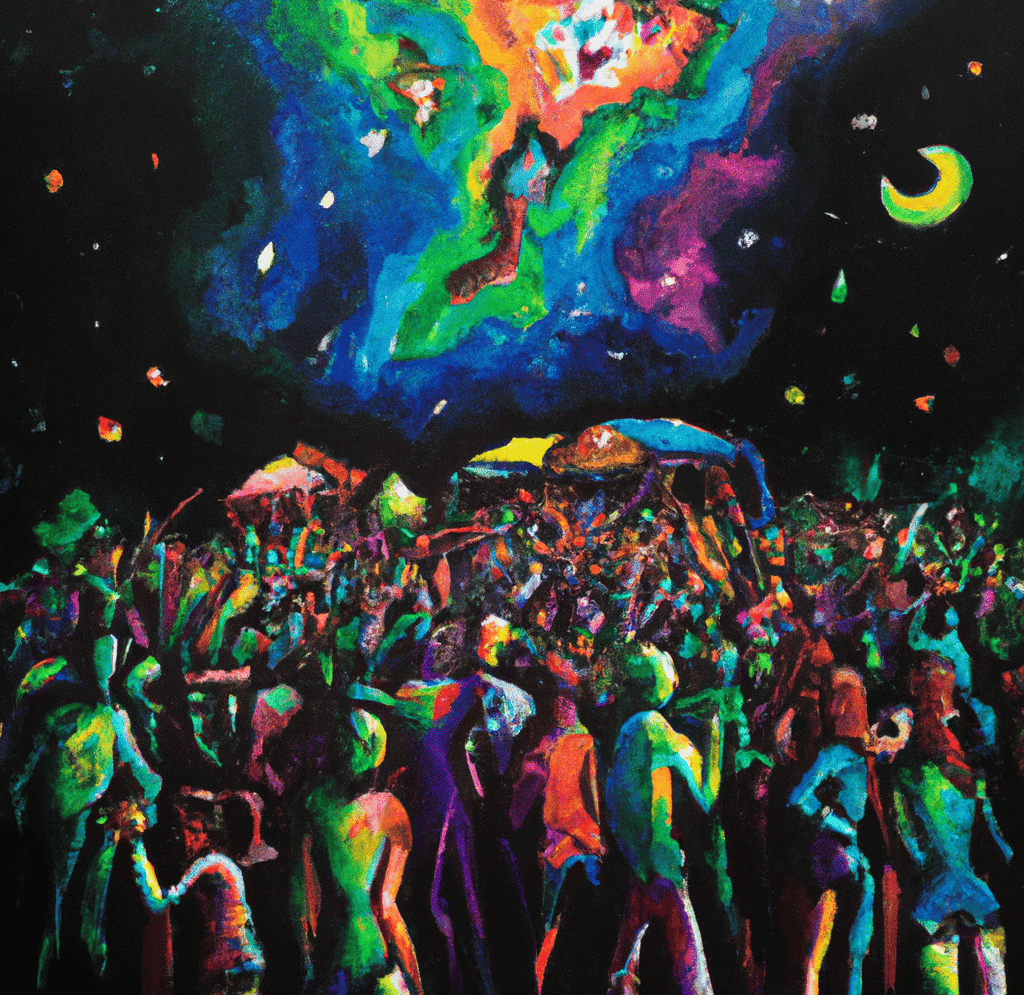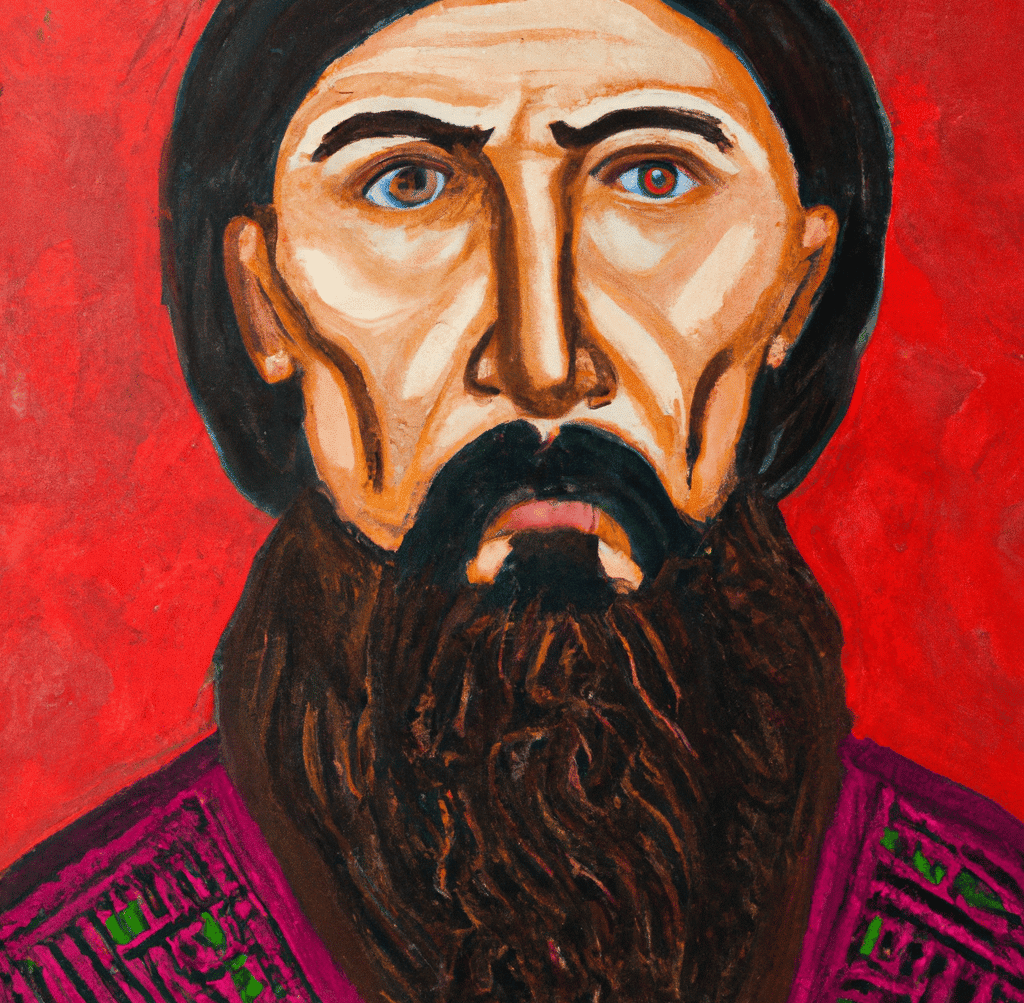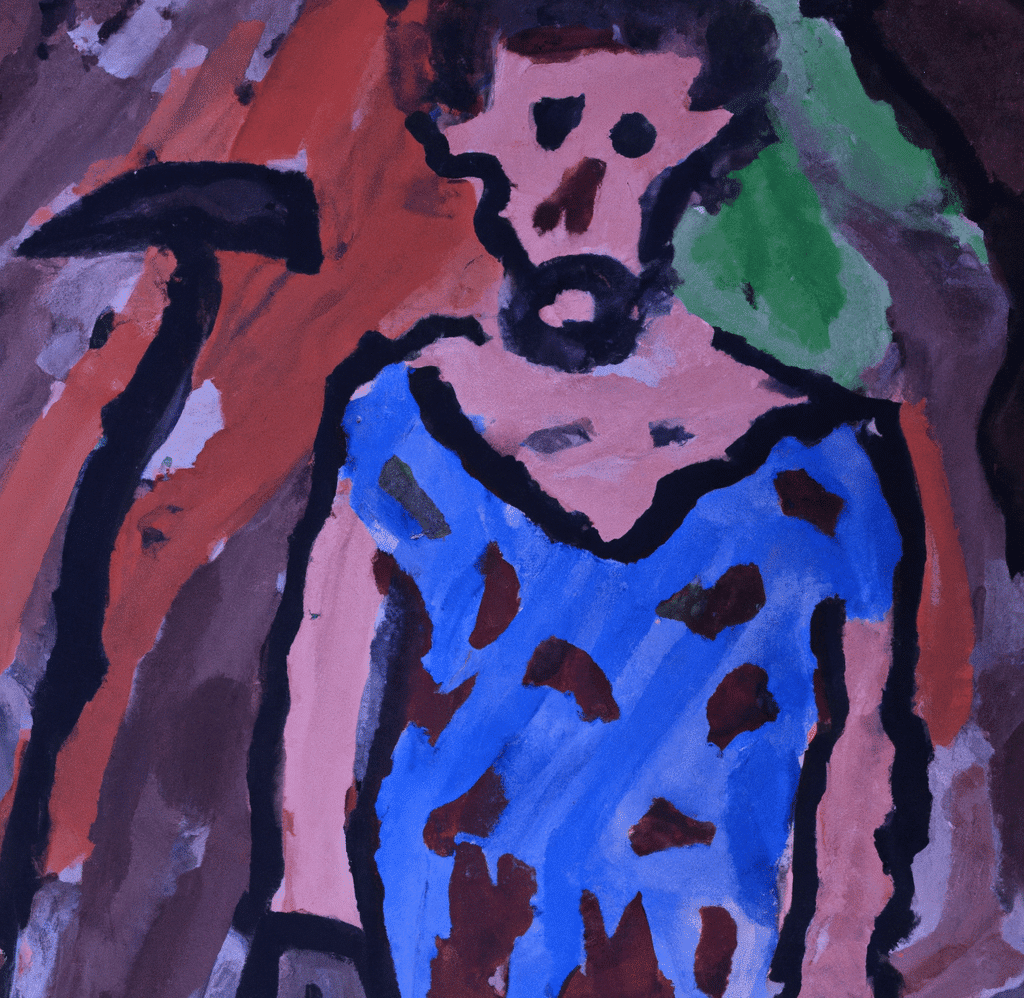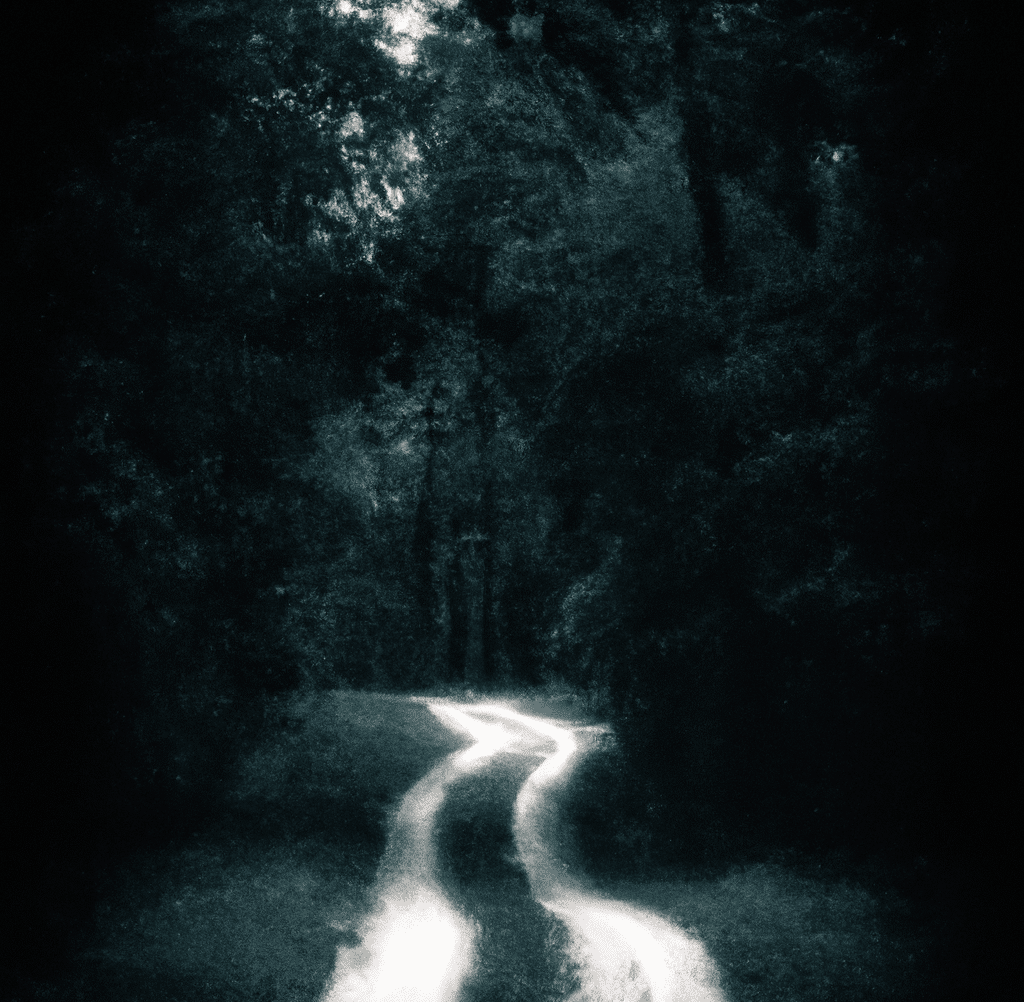Like myself, you probably have heard or seen the famous photograph of “Lunch atop a Skyscraper.” Although a well-known photograph, have you ever wondered how it was captured – and who by?
Charles Clyde Ebbets was the mastermind behind the piece, and his story is actually just as breathtaking as the picture. Here’s a bit about his incredible life!
Humble Beginnings
Charles Clyde Ebbets was born in Gadsen, Alabama, on August 18, 1905. He received his first camera at the young age of 8, using it to casually take pictures similar to myself at that age with a disposable. With each picture he took, he fell more and more in love with his hobby, mastering it further each time. By the 1920s, Ebbets’ family was financially struggling alongside so many other Americans. This prompted Ebbets to quit high school in his sophomore year.
Ebbets started his career during the 1920s in St. Petersburg, Florida, as a still photographer. He traveled all around the southeastern United States, diving into many adventures. During this time, he picked up a lot of activities, from learning how to fly a plane, wrestling, and even racing cars. Ebbets’ fearless lifestyle began to leak into his photography. He started to shoot aerial pictures and action shots, a genre never seen before.

The Rise to 700 Feet
In the 1930s, Ebbets’ cutting edge art peaked the interest of many. His growing name earned him a huge contract in 1932: Photographing the construction of the Rockefeller Center. He was hired as the photographic director, with the main goal of convincing viewers to lease out the building. Times were tough. The start of construction began a few years into the Great Depression, and no one was throwing bills around willy nilly. Ebbets needed to capture the audience – and he did not disappoint.
Within the first year, his work appeared on multiple front pages. One of his masterpieces was “The Photographer” (seen below). However, his most famous was “Lunch atop a Skyscraper” This photo featured 11 ironworkers having bagged lunches on top of a huge metal beam. The image represented your average everyday worker caught in the chaos of the growing times. It is known as one of the most iconic representations of 20th century American photography. His daring aerial shots shocked Americans and led the building to a successful launch a few years after the end of the Great Depression.
A Florida Staycation
In 1935, Charlie moved to South Florida, where he became one of the first official Associated Press photographers for that region. That same year, he was recruited to document the destruction of the Florida Keys from a category 5 hurricane. A few years later, in 1938, he founded the Miami Press Photographers’ Association and served as their first president.
Similar to the opportunity in the Florida Keys, Ebbets was later hired to capture the opening of the Everglades National Park. It was here that he was able to develop award-winning shots of both the wildlife of the park along with the native Seminole Indian tribe. Many of these photos are still admired, depicting the beauty of the Seminoles and the growth of the region.
A Nation at War
WWII began in 1939, and, like most citizens, Charles’ life changed drastically. His photography shifted from nature to documenting the military operations of the Embry-Riddle Aeronautical Institute. He was able to show off activities on the base, such as training, visiting political figures, and confidential images of the terrain. After the war ended in 1945, he and local publicist Ben Jacobs founded the City of Miami News Bureau. During his 17-year career there, he saw the bureau change names to the Miami Metropolitan News Bureau, growing from three employees to a full 24.
Ebbets’ amazing pictures of Miami further expanded his name and became a huge part of South Florida tourism. Many wanted to visit the area just to see the beauty of the images in person. In the following decades, his photographs were featured in famous publications like Miami Daily News, The New York Times, and even National Geographic.
The Final Photos
Ebbets left his job in 1962 but could never leave his love for photography. He continued to do freelance work up until his death in 1978, at the age of 72. His work can still be viewed online, in galleries, old magazines, newspaper copies, and even on old postcards. He truly was a legendary man who was ableto capture destruction, beauty, and the atmosphere of the times.

